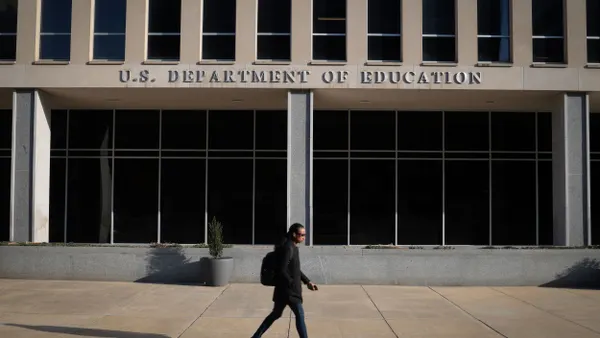Dive Brief:
- In teaching students about the civil rights movement, educators often focus on the same major figures, a small subset of those who took part in this historic time, wrote Edutopia, citing a 2014 report from the Southern Poverty Law Center.
- As a result, some educators – like New York high school teacher Aaron Broudo – are augmenting their lessons by including “grassroots activists and women,” including civil rights organizer Ella Baker, in what they teach students about the time. More than two dozen teachers recently met during a three-week summer program, using primary sources such as archival video footage to learn how to shift their teaching.
- Ultimately, teachers want to tie history to the current day and help students make connections to their own lives. By showing students a new perspective of the movement, they can better understand the role social and political movements like this are similar to some of those that are taking place today.
Dive Insight:
The civil rights movement of the 1950s and 1960s may have been one period in time, but battles that resulted from that era are still going on. Monuments of major figures from Civil War era that have stood for decades, for example, are just now being brought down and becoming the topic of a nationwide controversy.
Teaching students about this time in the United States is crucial, and doing so sensitively is imperative. Luckily, there are many organizations that provide well-curated and detailed online lessons scaled for students across multiple grades.
Teaching Tolerance’s film “A Time for Justice” spawned a Teachers Guide, broken into five lessons, that includes a glossary, ties to Common Core and additional resources. Unique to Teaching Tolerance’s curriculum is how it asks students how to apply the concept of nonviolence to areas of injustice they might encounter today. Teaching students about the experiences faced more than 60 years ago may give them insight into how they can apply those historic lessons to what they may experience personally, either in their communities or on a national or international scale.




 Dive Awards
Dive Awards






